Did you know that over 40% of tree losses in the Kansas City area are due to preventable tree diseases? Protecting our urban forest starts with awareness.
Kansas City’s urban forest is one of its greatest treasures, transforming neighborhoods and boosting property values—yet many homeowners don’t realize just how quickly common tree diseases in Kansas City can threaten this beauty. A single overlooked infection or pest can weaken hundreds of trees in a single season. If you want to preserve your landscape and sustain our city's natural legacy, knowing how to spot early warning signs and taking decisive action is essential. In this guide, you’ll learn exactly which tree diseases Kansas City faces most, why early identification matters, and what practical next steps every homeowner can take.
Understanding Common Tree Diseases in Kansas City
- Discover which tree diseases threaten Kansas City, why early identification is critical, and actionable steps for preserving your landscape.
- Learn how certified arborists and city initiatives work together to maintain healthy trees.
Living in the Kansas City area means your landscape features a remarkable mix of oak trees, elm trees, ash trees, pines, and maples —but with that diversity comes vulnerability. Common tree diseases in Kansas City include deadly threats like oak wilt, Dutch elm disease, tip blight, needle blight , and the rapidly spreading emerald ash borer . Each of these diseases has evolved to take advantage of our region’s unique climate and tree diversity, often spreading undetected until serious damage is done. Without early detection and knowledgeable care, even the most robust trees—like mature red oaks or stately elms—can succumb quickly.
Identifying symptoms of tree disease early makes all the difference between saving a cherished part of your yard and facing costly removal. Local initiatives, such as community tree surveys and collaborations between homeowners and certified arborists , are critical tools in keeping Kansas City’s canopy healthy. Through regular inspections, prompt responses to incidents of tree decline, and following the advice of experts, you can both contribute to the city’s green future and protect your own piece of it.

Table: Major Tree Diseases Affecting the Kansas City Area
| Disease | Tree Species at Risk | Symptoms | Level of Threat | Control Measures |
|---|---|---|---|---|
| Oak Wilt | Oak Trees | Wilting leaves, discoloration | High | Pruning, chemical treatment |
| Dutch Elm Disease | Elm Trees | Yellowing, leaf drop, wilting | Severe | Remove infected, fungicide |
| Tip Blight | Pines | Browning at branch tips | Moderate | Prune, fungicide |
| Needle Blight | Pines, Spruces | Needle yellowing and drop | Moderate | Fungicide, sanitation |
| Emerald Ash Borer | Ash Trees | Canopy thinning, D-shaped exit holes | Critical | Removal, insecticide |
This table spotlights the most important tree diseases for Kansas City homeowners to learn. Early education about these threats—combined with watching for key warning signs—can help you act before it's too late, especially for vulnerable species like white oak, red oak, elm, ash, and pine .
Kansas City Spotlight: Tree Disease Threats Impacting Local Wisdom
Oak Wilt in Kansas City: Recognizing and Responding to this Tree Disease
- Symptoms, spread, immediate actions, preventative care
Oak wilt is one of the most rapidly spreading and deadly tree diseases in the Kansas City area, especially among red oaks and pin oaks. Homeowners may first notice sudden wilting and browning of leaves, often high in the canopy, followed by rapid defoliation. This fungal disease spreads through root grafts and open wounds, making late spring and early summer the most dangerous times for new infections. Red oaks can decline in just weeks after infection, while white oaks sometimes survive longer with milder symptoms.
Prevention and immediate action are critical. Avoid pruning oak trees in the growing season when sap-feeding beetles can transfer spores. Before symptoms appear, consider consulting a certified arborist for preventative treatments, such as fungicide injections. If oak wilt is detected in your landscape, prompt removal of infected material is vital to prevent spread to healthy neighbors. Kansas City’s community tree programs often provide alerts and resources to help homeowners manage outbreaks. Early identification and collaboration can save more than just your tree—it can protect your entire block.

Dutch Elm Disease: Historic and Ongoing Elm Disease in the Kansas City Area
- How Dutch elm disease decimated elm populations, modern management, resistant varieties
Dutch elm disease has a notorious history in Kansas City, where stately avenues once lined with elms suffered devastating canopy loss. This fungal disease is spread by elm bark beetles and root grafts, quickly causing yellowing leaves, premature leaf drop, and branch dieback. The speed of progression means a massive, mature elm can die within a single growing season if infected. Today, several disease-resistant elm varieties are available, allowing property owners to replant with more confidence.
Responsible management starts with immediate removal of infected trees and diligent sanitation efforts. Certified arborists can recommend preventive fungicide treatments and inspect for early symptoms. Community engagement, such as participating in city-led tree watch programs, plays an essential role in stopping the spread. Learning from past losses, Kansas City continues to balance tradition—preserving what elms remain—with modern disease science and planting new generations of resilient elms.
Ash Trees & Emerald Ash Borer: Combating the Deadliest Threat in Kansas City
- Signs of emerald ash borer, control tips, cost-effective management, when to call a certified arborist
Ash trees are facing existential threat from the emerald ash borer , an invasive beetle that arrived in the Kansas City area in the past decade. Early signs include thinning upper canopies, increased woodpecker activity, and the signature D-shaped exit holes where adult beetles emerge. By the time visible decline appears, the tree's vascular system is already compromised, and without immediate intervention, mortality is nearly certain.
Effective management begins with annual monitoring and preventive insecticide treatments by a certified arborist . In neighborhoods with a high density of ash trees , city tree programs may coordinate mass treatments or orderly removal to slow the spread. For homeowners, recognizing these warning signals and acting fast—before S-shaped larval tunnels girdle the trunk—can mean the difference between protection and loss. Consult a certified professional to assess your specific situation and plan cost-effective, long-term management for your landscape.
Spotlight on Pine Wilt and Tip Blight: Pine Tree Disease Prevention in the Kansas City Area
Identifying Pine Wilt in Kansas City: Symptoms and Solutions
- Risk factors, progression, control measures for pine wilt
Pine wilt is a particularly aggressive disease of Scots, Austrian, and other non-native pines in Kansas City. Caused by pine wilt nematodes transmitted by pine sawyer beetles, the disease leads to needles rapidly turning yellow, browning, and dropping within weeks. Pines often go from healthy to entirely brown nearly overnight, making this one of the most visually dramatic tree losses in the area. Risk is especially high for mature trees under environmental stresses like drought or poor planting sites.
Control relies on prompt removal and destruction of infected trees before beetles can emerge. Some success has been achieved with tree injections, but these are limited and best applied before symptoms are visible. If you notice sudden browning or watery wood in a pine tree, contact a certified arborist right away—delays invite more beetles and more losses. Replacing susceptible pines with more resilient native species is an important step for long-term landscape sustainability in the Kansas City area .
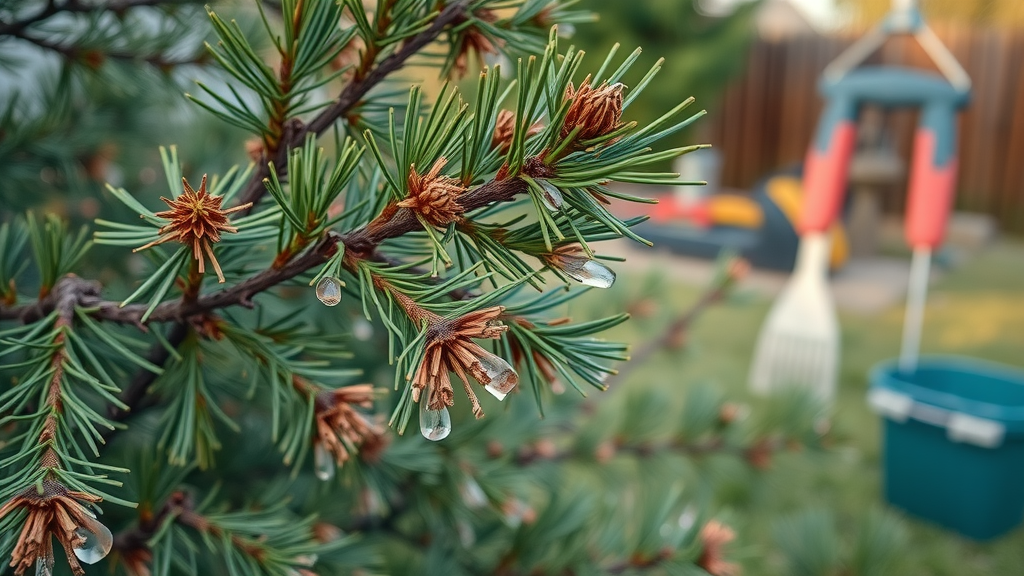
Managing Tip Blight and Needle Blight in Local Trees
- Blight symptoms, quick actions, long-term pine tree health
Tip blight and needle blight are two more common tree diseases that weaken pines and spruces throughout Kansas City. These fungal diseases typically start with browning at the tips of needles and progress to larger sections, ultimately leading to premature needle drop and bare branches. Early symptoms can be subtle, but by late spring or early summer, affected trees may look ragged and sparse. Prolonged infections weaken the whole tree, making it susceptible to secondary tree problems like insect invaders or root rot.
Immediate steps include sanitation—pruning and removing infected branches promptly, and disposing of all debris to prevent the spread. Fungicide sprays, especially applied in spring, are effective preventatives when guided by a certified arborist . To sustain pine health long-term, maintain adequate watering during droughts, avoid tree wounds, and provide proper spacing for air circulation. Consistent care and smart management can keep your landscape pines vigorous, even as blight pressures remain high in the region.
Fungal Diseases and Other Common Tree Diseases in Kansas City Landscapes
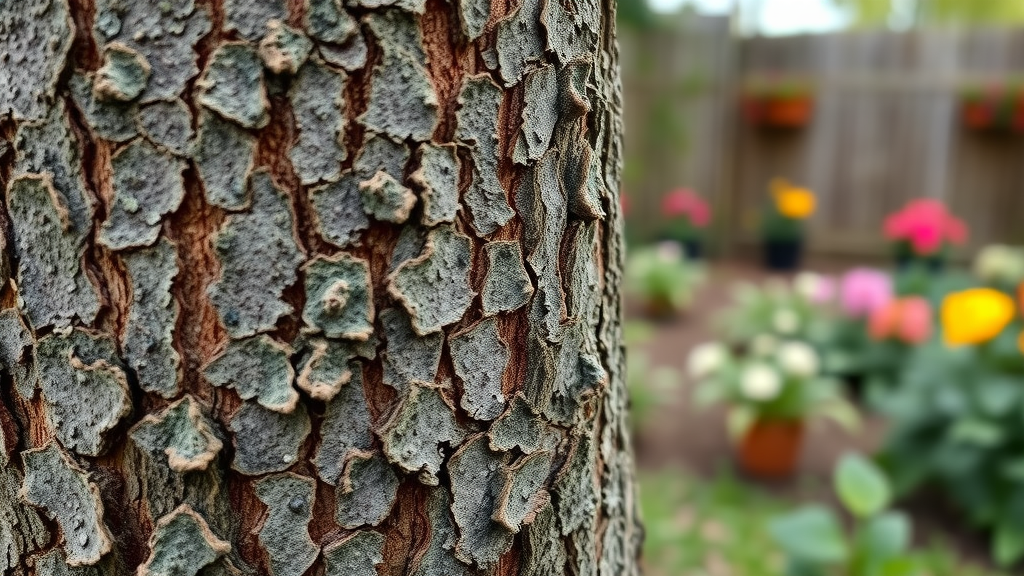
- Common fungal infestations, impact on tree health, regional case studies, best care practices
Fungal diseases , including root rot , armillaria root rot, and anthracnose, consistently threaten trees in Kansas City landscapes, especially those stressed by environmental changes or improper care. Symptoms range from patchy bark or raised fungal mats at the tree’s base to cankers, dieback, and even sudden whole-tree collapse. Infections can remain hidden for years, only surfacing when a tree is already severely weakened, highlighting the importance of regular monitoring.
Regional case studies have shown that strategic interventions—including improving soil drainage, aerating the root zone, and removing diseased limbs—can dramatically improve outcomes. Applying mulch carefully and watering at the base reduces splash-borne spore spread. For many fungal issues, the expertise of a certified arborist is invaluable: they assess root health, identify secondary pests, and suggest disease-resistant replacements when necessary. Proactive health care ensures long-term vitality—even in neighborhoods with a documented history of tree loss.
Kansas City’s Most Common Trees and Their Unique Disease Vulnerabilities
- Oaks: Oak wilt, anthracnose
- Elms: Dutch elm disease
- Ash trees: Emerald ash borer
- Pines: Pine wilt, tip blight
- Maples: Tar spot, leaf scorch
Kansas City’s signature green spaces and residential streetscapes are defined by a diverse set of tree species, each with their own specific disease threats. Oaks —both red and white—are prized for longevity, yet highly vulnerable to oak wilt and anthracnose. Elms live under the shadow of Dutch elm disease , while ash trees now face citywide risk from the emerald ash borer . Pines, often planted for screening and winter color, frequently battle pine wilt and tip blight . Even popular shade trees such as maples suffer from seasonal fungal problems like tar spot and leaf scorch.
Recognizing these vulnerabilities helps homeowners choose resilient replacements and diversify plantings, reducing the chances that a single outbreak will devastate an entire block or neighborhood. City foresters and certified arborists often recommend mixing species and monitoring for early symptoms, helping Kansas City remain a leader in proactive urban forestry and community education.

Certified Arborist Recommendations: Tree Disease Management in Kansas City
- Why hire a certified arborist, what to expect from a consultation, success stories from local Kansas City homeowners
When it comes to diagnosing tree diseases , managing pests, or recommending next steps, a certified arborist is every Kansas City homeowner’s best ally. Arborists are trained to differentiate between minor tree problems and major diseases like oak wilt, Dutch elm disease, or root rot , developing tailored plans beyond one-size-fits-all advice. During consultations, you can expect a thorough inspection, root zone assessment, and clear advice—often including both protective treatments and best-care practices for your unique site.
Beyond expertise, arborists provide peace of mind: their recommendations are science-based, often backed by city or university research, and focused on long-term landscape health. Many Kansas City homeowners have avoided costly removals and extensive property damage by calling a certified professional at the first sign of trouble. Local initiatives often highlight success stories where prompt arborist action saved mature oaks or ash trees, showcasing the real, neighborhood-wide impact of timely expert intervention.
‘Preventing tree disease isn’t just about your backyard—it’s about sustaining our city’s ecosystem for generations to come.’ – Local Kansas City Arborist
People Also Ask: Kansas City Tree Diseases Answered
What is the disease in the Kansas trees?
- Multiple diseases affect Kansas City trees, including oak wilt, Dutch elm disease, needle blight, and the emerald ash borer infestation. Each disease presents unique symptoms, risks, and control measures. Regular monitoring and professional diagnosis are crucial.
What is the most common tree disease?
- Oak wilt is considered one of the most common and destructive tree diseases in Kansas City. Dutch elm disease and emerald ash borer also have significant regional impacts. Early detection and immediate action are recommended.
What are the most common trees in Kansas City?
- The Kansas City area often features oak, elm, ash, pine, and maple trees. Each species faces differing vulnerabilities to area-specific diseases.
What is killing pine trees in Kansas?
- The primary threats to pines in Kansas include pine wilt—a serious tree disease caused by nematodes—and tip blight, a fungal infection causing needle loss and branch dieback.
Frequently Asked Questions About Tree Diseases in Kansas City
- How do I identify tree disease symptoms early? Check for wilting, discoloration, unusual spots, or sudden branch dieback. Regular inspections are key, especially after severe weather or construction. Comparing changes season-to-season helps highlight symptoms that need professional attention.
- Do I need a certified arborist for all tree health issues? While simple pruning or watering can be done personally, a certified arborist is crucial when you suspect diseases like oak wilt, Dutch elm disease, or unusual rapid decline. Their expertise could save a valuable tree and prevent further losses in your yard or neighborhood.
- How can I prevent the spread of fungal diseases in my yard? Sanitize tools between uses, remove infected debris, improve soil drainage, and never overwater. Proactive steps and regular consultation reduce the risk of fungal outbreaks and support robust, resilient trees.
Protecting Your Trees: Immediate Steps to Combat Common Tree Diseases in Kansas City
- Inspect trees regularly for symptoms
- Prune infected branches promptly
- Consult certified arborists for treatment plans
- Apply preventive treatments where necessary
- Stay updated with city-led disease alerts
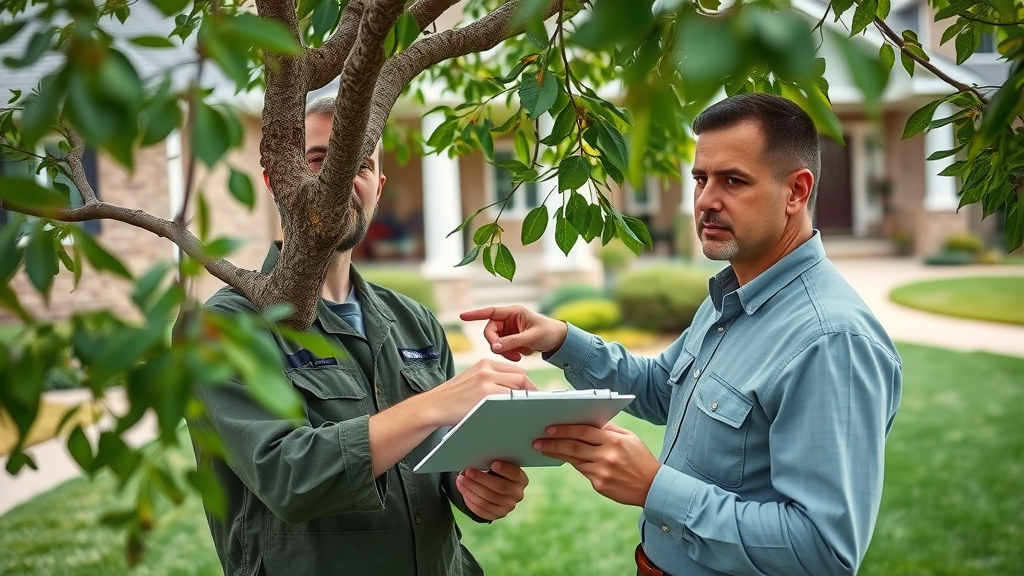
Each year, Kansas City loses hundreds of trees due to late detection and lack of routine care. Acting quickly—inspecting your yard, learning the signs of common tree diseases, and engaging a certified arborist —protects your trees, your landscape investment, and the city's environmental legacy. Don’t wait until an infection is obvious; regular vigilance is your best defense.
Preserving Kansas City’s Urban Forest: Take Action Today
- Early identification and intervention can save trees, protect property values, and sustain the natural beauty of Kansas City. Connect with a local certified arborist for expert tree disease management tailored to your landscape needs.
The long-term survival of Kansas City’s iconic canopy depends on homeowners just like you. Proactive care and timely action ensure our city stays green and vibrant for generations—consult a local certified arborist and make tree health a priority starting now.
 Add Row
Add Row  Add
Add 

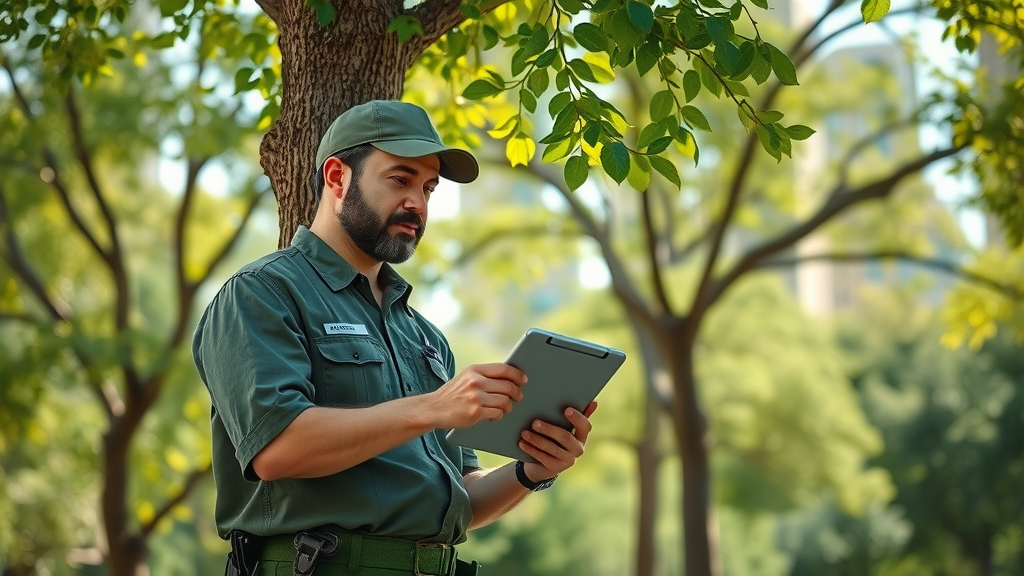
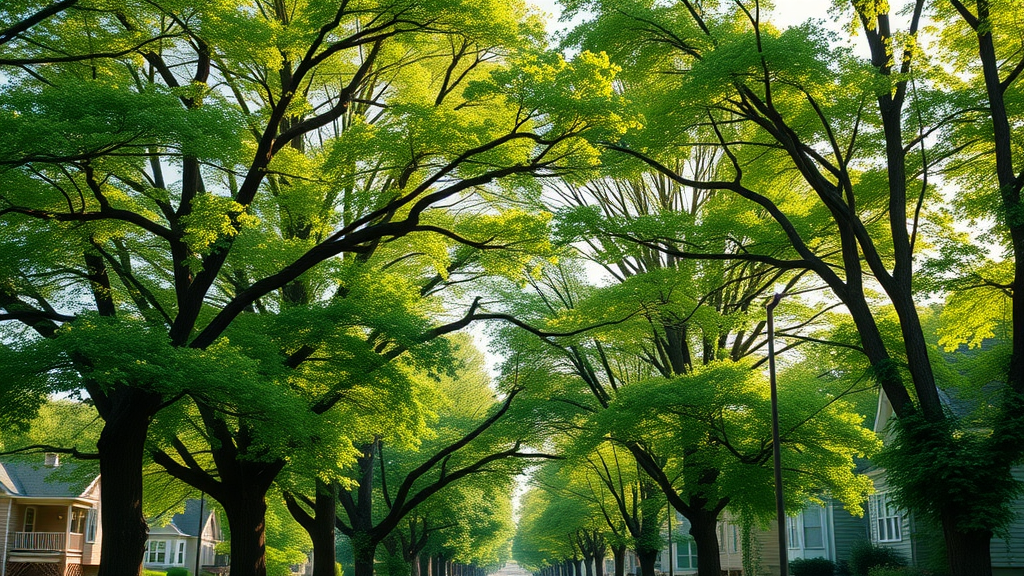
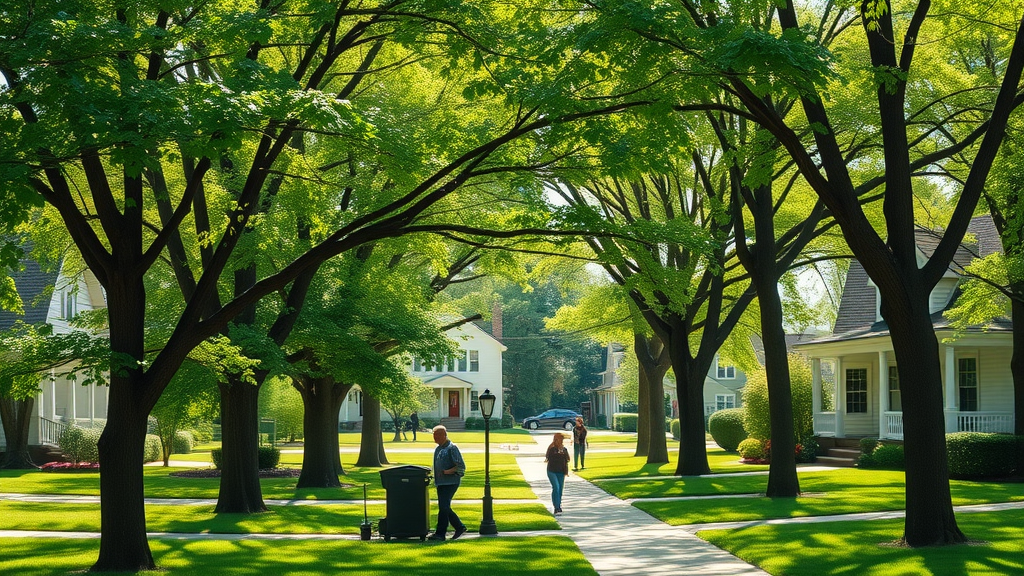
Write A Comment